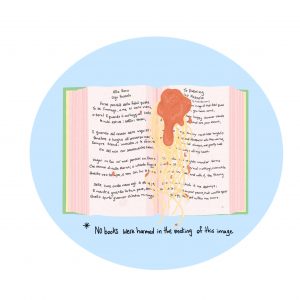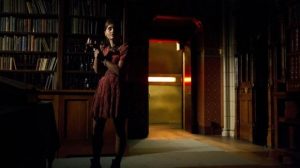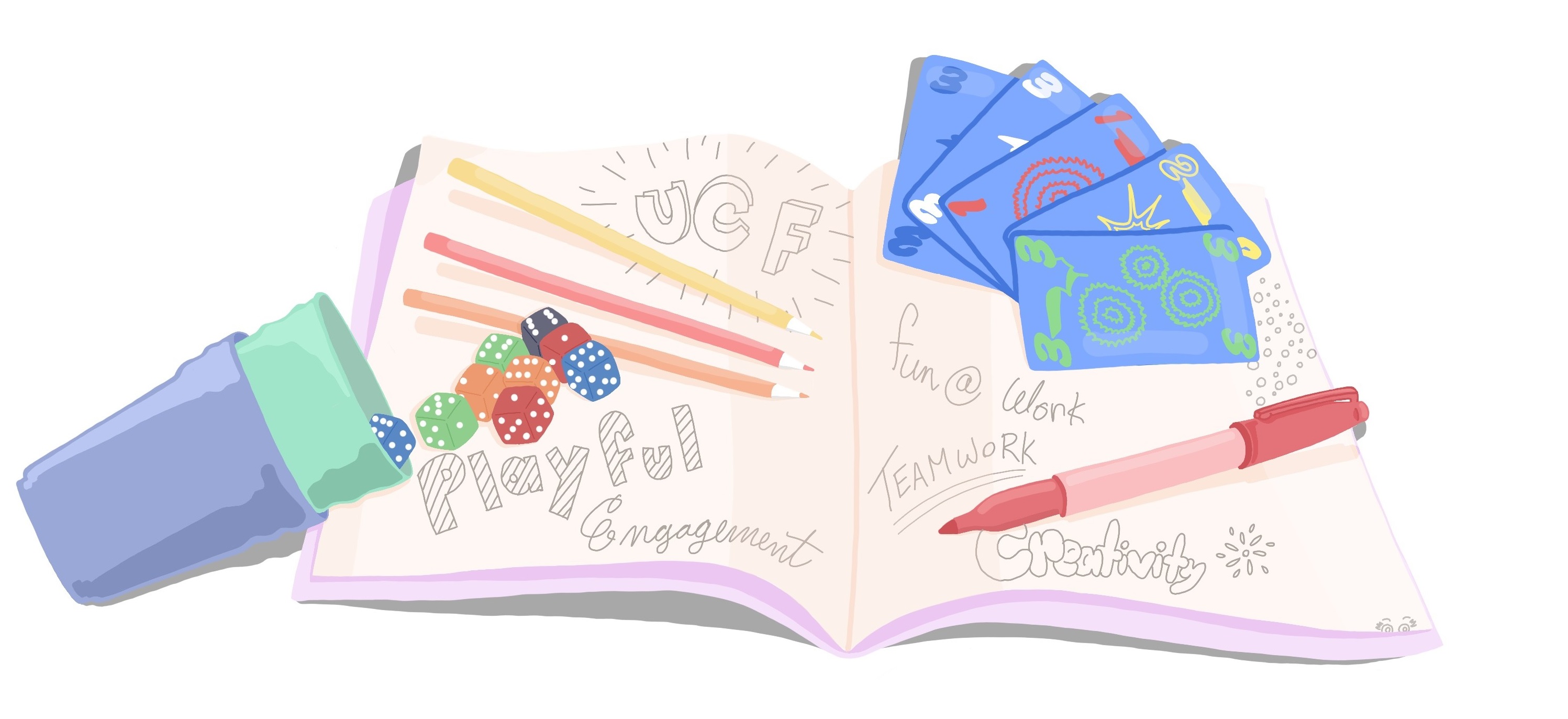One of the best parts of working at the University of Edinburgh is their focus on professional development. Staff can enhance their experience at work through online courses, workshops, training events and international experiences. I recently had the chance to undertake one of these opportunities through a University of Edinburgh Erasmus staff trip to the University of Bologna Library (La Biblioteca Universitaria di Bologna or “BUB”). It was a uniquely challenging and wonderful experience that has had an immensely positive impact on my work and I would encourage all staff that can, to consider taking an Erasmus trip.
Applying for Erasmus
I first learnt about the Erasmus funding available for staff through a colleague who had received funding to travel to the Netherlands. This funding can be used for different types of staff training including workshops, teaching (for academic staff), and staff training weeks. I knew that I would benefit most from the experience of job-shadowing at an institution that was comparable to the University of Edinburgh. The University of Bologna was at the top of my list. Established in 1088, the University has an incredible history and is often referred to as the oldest university in the (Western) world. They are also forward-thinking in their approach to the future of library and university collections with a strong emphasis on digitisation, a free online Information Literacy Tutorial and an MA in Digital Humanities and Digital Knowledge. The city of Bologna has a thriving literary culture, much like Edinburgh, and has a myriad of public and specialist libraries throughout the city. I had also been learning Italian for the past year and thought that this would be a great (albeit terrifying) way to put my language skills to the test.
When choosing a destination, I would suggest that you look for opportunities with institutions that you already have a working relationship with or speak with colleagues who have connections with relevant institutions. That being said, I did not have any connection to the University of Bologna but I knew that it would be an invaluable opportunity. After receiving approval from my Line Manager, I wrote a letter to one of the library coordinators outlining who I was and why I was contacting them. I approached it as I would a job application and included information about my current job, why I was interested in learning about the University of Bologna Library, a proposal for what I could do as part of an Erasmus trip, and my CV. After receiving an offer to visit from the BUB, I filled out the relevant paperwork and submitted my application to the University of Edinburgh Go Abroad Office. Throughout the process, the office was very helpful in assisting me with my application and was quick to respond to any questions that I had. Before I knew it, it was March and I was off to Bologna.
Bologna, here I come
My first day in Bologna was a nerve-wracking experience. I wanted to make the most out of my trip and enthusiastically engage with my Bolognese counterparts, but I was concerned that my efforts would be impeded by the language barrier. Although I had been working on my Italian, I knew that I would struggle to hold a conversation, particularly with technical terms. I was relieved to find that my host for the week Signor Nerozzi, scientific coordinator at the BUB, was very skilled in his English and was able to ease the difficulties of language and even cultural barriers.
Signor Nerozzi had prepared an exciting week of activities for me that included meetings with his colleagues, guided tours, personal research, and attending a guest lecture. It was a very busy week, but I learnt a lot, particularly about day-to-day user services, how they manage their collections (which included a robotic storage system!), and their forward-thinking approach to digitising their materials. I also attended a guest lecture by mobile type publisher Enrico Tallone as part of La Grande Festa delle Lettere. It was a fascinating exploration of the psychology behind typography and the history of some of the most popular fonts. In addition to the BUB, I also had the opportunity to visit other Bolognese libraries, including the Archiginnasio and the Salaborsa. The library system in Bologna is unique as in addition to the availability of libraries, including subject-specific libraries like the Biblioteca della Musica (The Music Library) and the Biblioteca delle Donne (The Women’s Library), they are also interconnected as civic libraries, including the BUB. The historic Salaborsa was the most interesting public library I have ever had the pleasure of visiting. It had the feel of the public libraries that I grew up frequenting and was clearly in high demand (there was even a crowd waiting for the library to open on Monday afternoon!), but it also had beautiful architecture, an interesting history (it was built on ruins from 189 BCE, that you can still visit today), arts exhibitions, and community resources like language classes. It was a vital part of the community and a great reminder of the importance of libraries and the people who staff them.
Overall, my week in Bologna was a wonderful whirlwind (and I didn’t even mention all of the gelato and pasta!). I learnt a great deal about library work, particularly user services, and it was a really unique experience. Everyone that I met was incredibly friendly and helpful and I cannot thank Signor Nerozzi and La Biblioteca Universitaria di Bologna enough for hosting me. I also really appreciate all of the help from the Go Abroad Office in preparation for my trip. This experience has helped me to view my job in a new light and be more creative in my approach to work. It was a very eye-opening experience and I highly recommend the experience to other University of Edinburgh staff.
You can learn more about the libraries in Bologna here and the University of Edinburgh Go Abroad office and opportunities here.
Madeleine Leisk, UCF Library Assistant


